In the 90s, the power transducer revolutionized cycling training. This performance-measurement tool collects, processes and supplies a wealth of precise, reliable data of great value to both the competitor and his or her trainer. As a result, it has established itself as an indispensable and indisputable tool for those wishing to optimize training, improve performance and achieve their goals. Here are a few tips to help you find your way around!
What's in it for the cyclist?
Visit power sensor offers a wide range of tests: velocity, strength-velocity, Wingate tests and PMA... This data is used to determine intensity zones and adapt the training program. In this way, specific sessions can be carried out more accurately, and their quality and results verified.
The power sensor also proves invaluable in competition as it enables cyclists to better manage their efforts throughout the race, during attacks, breakaways or time trials. Collecting data during a race enables performance to be analyzed in minute detail. And, since the performances achieved in competition are often the best, these can then be used to adjust the training program.
What's the advantage over cardio?
The main advantage of the power sensor is that it allows you to monitor your own performance.many external constraints which have a direct impact on an athlete's heart rate: heat, stress, fatigue, hydration, nutrition, altitude... These influences are difficult to quantify, and as a result, the quality of training can be called into question.
Power is a raw, objective measurement that no external factor can influence. Heart rate information is nonetheless useful and complementary for the trainer and for monitoring the athlete's progress.
How does a power meter work?
Power (W) = Torque (N.m) x Angular velocity
Power transducers base their technology on the principle of extensometry, i.e. the measurement of deformations. The mechanical power is measured through the strain gauges. Thanks to the constant deformation of these calibrated parts, the system measures the force torque (in N.m).
Angular velocity measurement depends on the component in which the power sensor is integrated. For a crankset or pedals, for example, it corresponds to the pedaling cadence, while for a hub, it corresponds to the speed of rotation of the rear wheel.
As far as data transmission is concerned, most power sensors are compatible with computers featuring the following data transmission protocol ANT+ and/or Bluetooth Low Energy (BLE). Some brands also offer compatible applications for other devices (e.g. smartphones or tablets).
Types of power sensors
Power sensors can be used to evaluate a whole battery of tests: velocity, force-velocity, Wingate and PMA tests... Today, power sensors can be found in virtually every component of a bicycle, including the hub, cranksetcranks, pedalsaxles and chainrings. Each has its own advantages and disadvantages:
Crank measurement (one side only)
Sold as one of the most affordable offers, it should be noted that when the power sensor is present only on the left crank, the system makes a compromise and may prove less precise in certain cases.
In fact, there may be a difference in the power generated by each leg. One leg may be stronger or more tired than the other (e.g. ratio 48 / 52%) and vice versa, and this phenomenon may become more pronounced with fatigue. This ratio can also vary according to the type of effort (flat / uphill) and even cadence.
A sensor measuring only the left leg obtains the final value by multiplying the measurement obtained by two, and therefore does not take these possible variations into account. On the other hand, this system is highly compatible and easy to install.
Measurement in the crankset (or chainrings)
This is the most widespread and approved type currently on the market, but also generally the most expensive.
This type of power transducer measures force close to the pressure point, which is an advantage. Models are constantly evolving to improve design, compatibility, component weight, energy optimization and durability.
There's also a hybrid product on the market: the system is integrated directly into the chainrings, allowing you to keep your own crankset (compact only) at a very competitive price.
Hub measurement
The power sensor located on the rear wheel hub is one of the first to have been scientifically validated. It comes in very handy when you're riding more than one bike. It's easy to transfer from one bike to another. Teams and committees have widely adopted it to evaluate the potential of their riders.
This advantage can become a constraint if you use several wheel profiles for training and racing.
Measurement in the pedals
This type of power sensor offers a number of advantages. Firstly, the measurement is taken as close as possible to the cyclist's power output. On the other hand, this system makes it possible to have a dissociated measurement for each leg (left/right). Dissociated measurement also enables you to make a very detailed analysis of the pedaling cycle. You can then work on your pedaling stroke and improve your technique. What's more, when the sensor is located on the pedal axle, it's quick and easy to change pedals from one bike to another, so it's ideal for athletes who own several bikes.
Bluetooth, ANT+... Which protocol to choose?
The choice of protocol is not a decision to be taken lightly.
L'ANT+ is an open protocol. This means it's available to all manufacturers. This is why it has become a standard and is available on almost all power sensors. This protocol continues to be perfected, and now offers faster connections and optimized power consumption.
The Bluetooth (BLE) is becoming increasingly popular, and is available on several power sensors. It offers more possibilities in terms of data transmission, and the transfer rate is faster.
Since 2015, a dual-emission chip (ANT+ and BLE) has been available in some power sensors, offering you full compatibility. The choice is yours, depending on your accessories: computer, smartphone, cardio belt...
Which power sensor is right for me?
Backed by the experience of our teams, our range is made up of the best power meters on the market. Each model is designed to meet different needs and expectations.
To make the right choice, we advise you to consider all the following criteria: budget, frequency and type of use, number and type of bikes you have, as well as the equipment you use.
Découvrez tous nos conseils & Tutoriels
Road - Power Meters
-
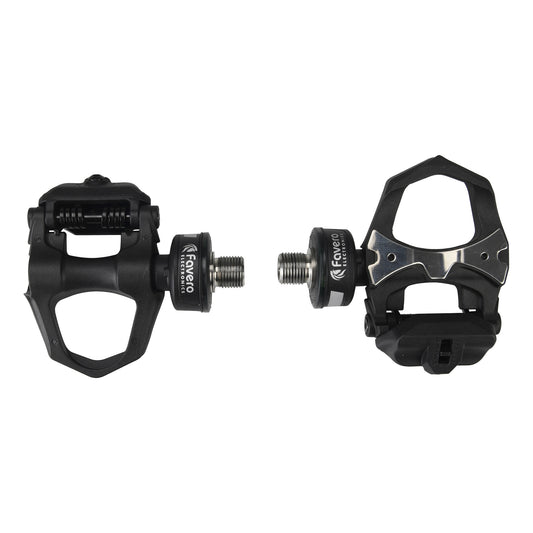
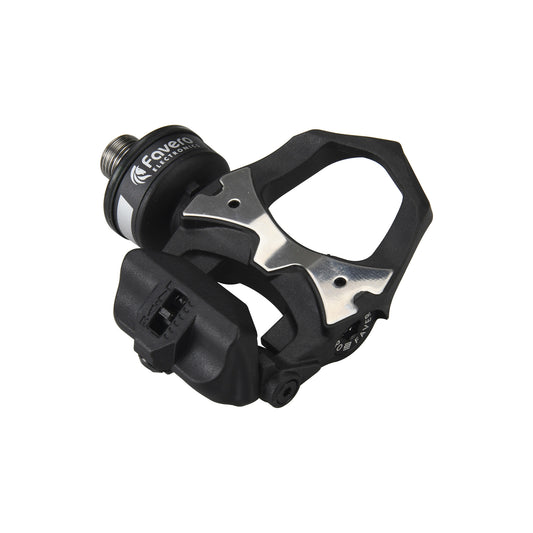
Pedals Power Meter FAVERO ASSIOMA DUO
Regular price 449,90 €Regular priceUnit price per -
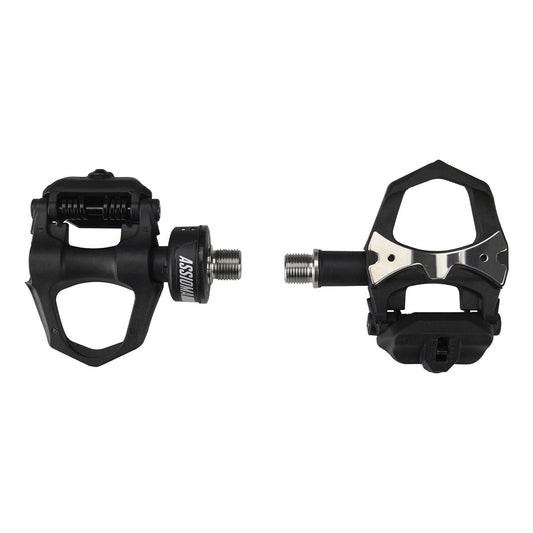
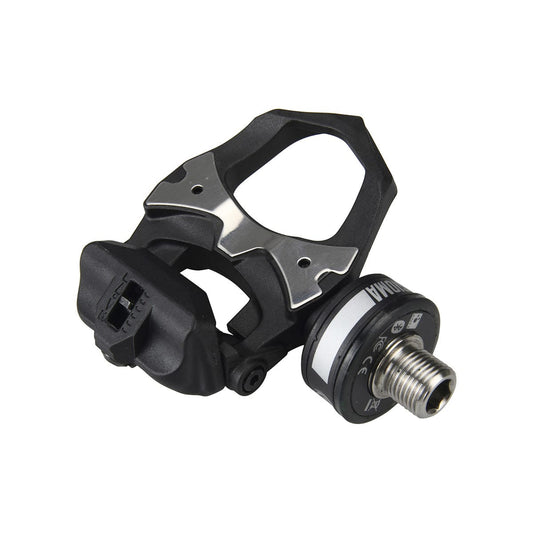
Pedals Power Meter FAVERO ASSIOMA UNO
Regular price 329,90 €Regular priceUnit price per -

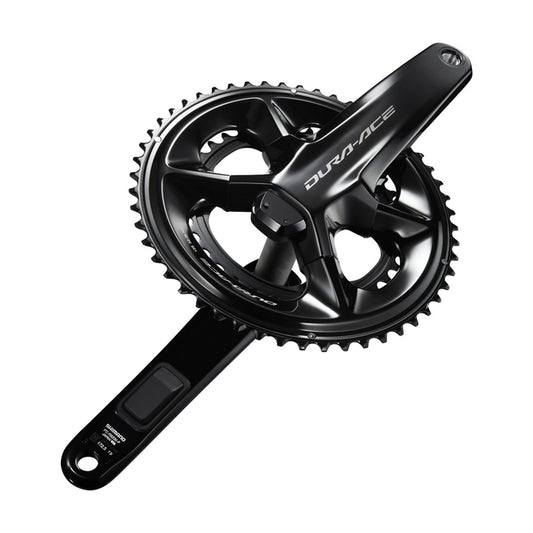
SHIMANO DURA-ACE R9200-P 12V Power Sensor Crankset
Regular price 999,90 €Regular priceUnit price per -
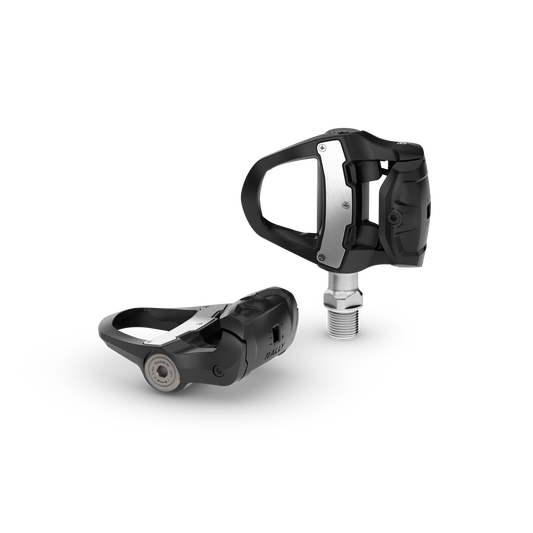
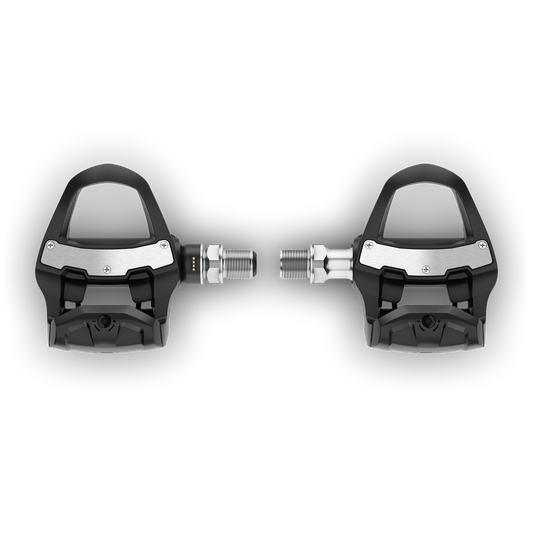
Pedals Power Meter GARMIN RALLY RK 110
Regular price 649,99 €Regular priceUnit price per -
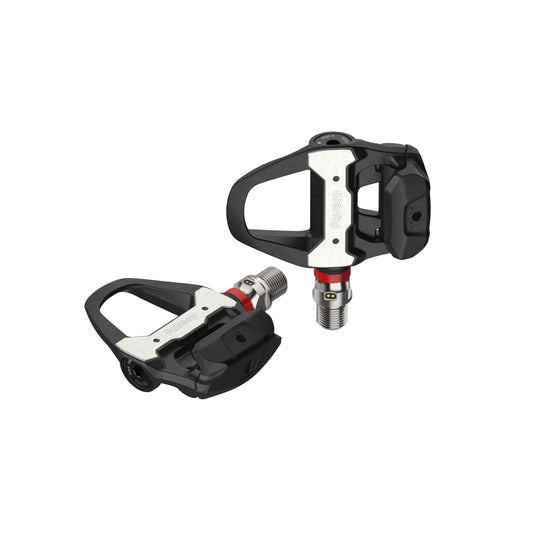
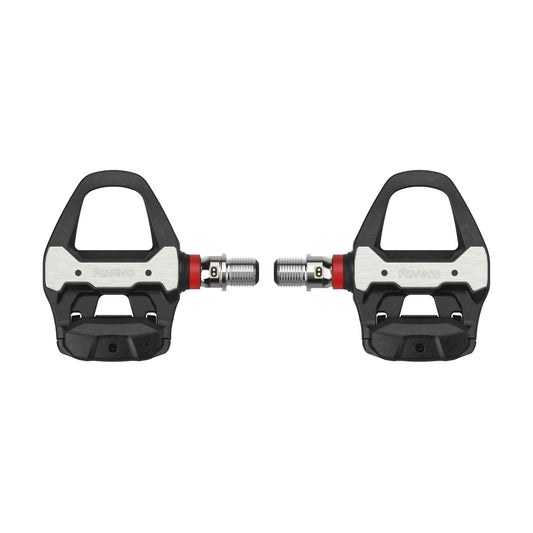
FAVERO ASSIOMA PRO RS-2 Power Meter Pedals
Regular price 694,90 €Regular priceUnit price per -
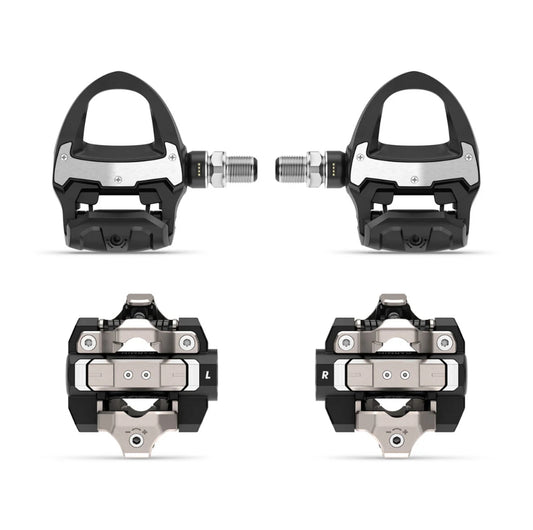
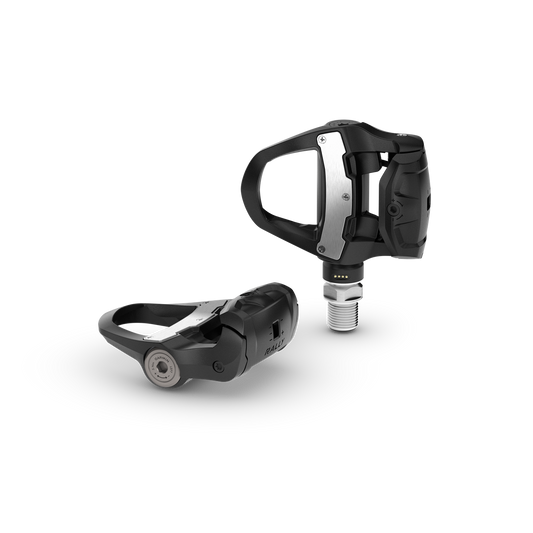
Power Sensor Pedal Kit GARMIN RALLY RK/XC 210
Regular price 1.249,90 €Regular priceUnit price per -
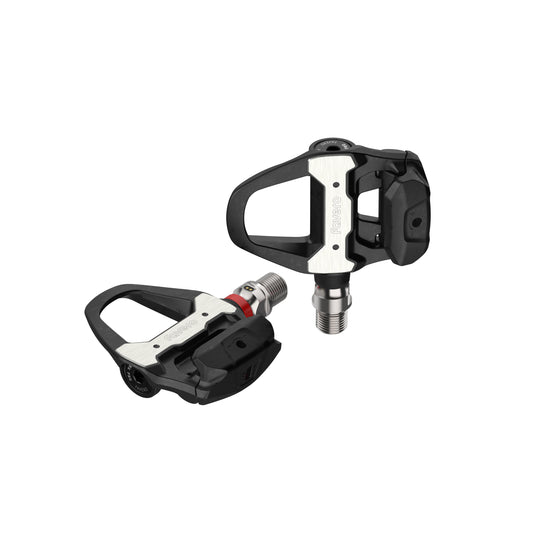
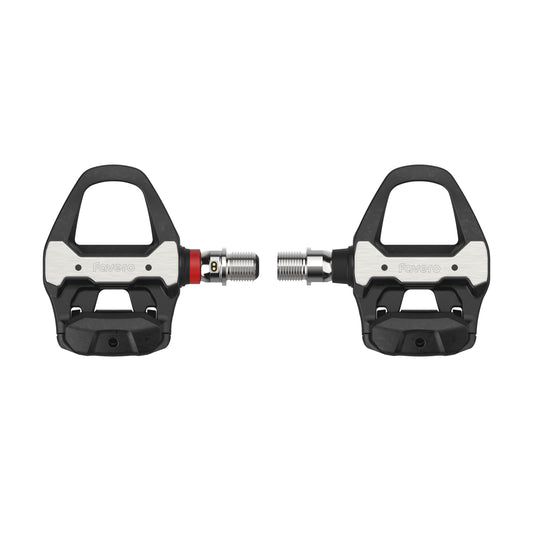
FAVERO ASSIOMA PRO RS-1 Power Meter Pedals
Regular price 435,90 €Regular priceUnit price per -

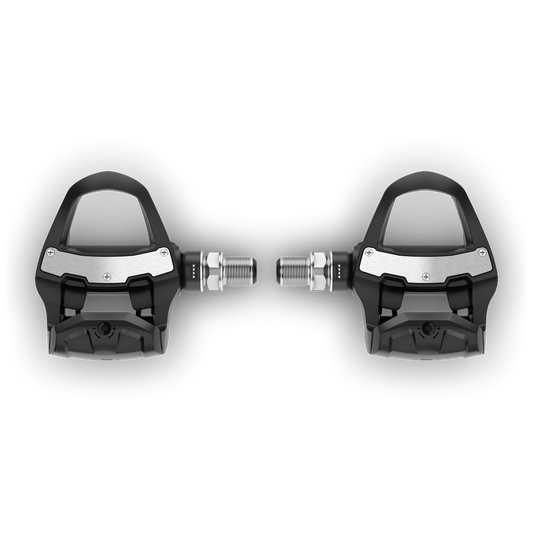
Pedals Power Meter GARMIN RALLY RK 210
Regular price 1.039,90 €Regular priceUnit price per














